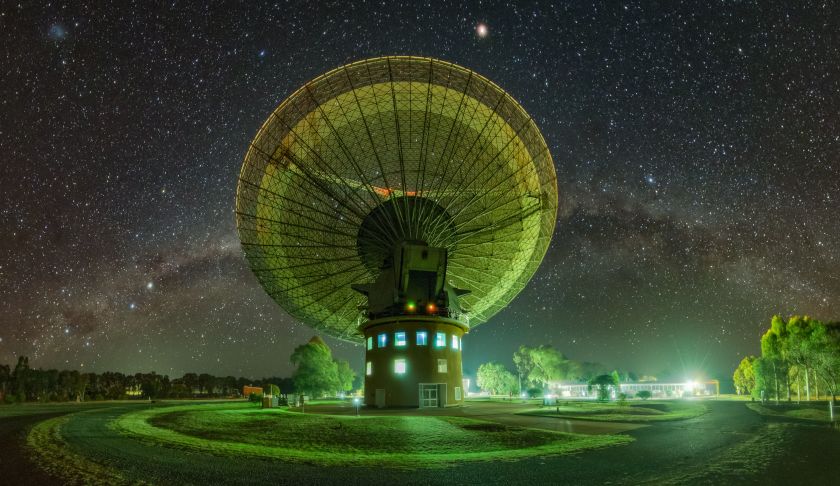The collaboration allowed researchers to perform a targeted search for the sources of gravitational waves detected by the world’s largest gravitational wave observatory, the Laser Interferometric Observatory.
The search revealed that all of the sources targeted are most likely optically “dark”, suggesting most cosmic collisions between black holes remain hidden to conventional telescopes.
UWA and the University of Paris coordinated an approach to control multiple facilities and observatories around the world, which allowed for the continuous scanning of the sky, and published the results in Monthly Notices of the Royal Astronomical Society.
Dr Bruce Gendre from UWA’s Centre of Excellence for Gravitational Wave Discovery said the initiative highlighted the importance of having a network of dedicated telescopes that could contribute to global knowledge.
The collaboration, named GRANDMA, is a multinational network of 25 robotic telescopes from 12 countries with the electromagnetic capability to follow up gravitational waves.
“Australia, like several other countries, is focused on studying the sources of gravitational waves; however, most communities are working solo,” Dr Gendre said.
The ability to detect sources of gravitational waves is relatively new, and while several have now been detected, only one has been observed through an optical telescope.
Dr Gendre added, “The problem is that everyone is currently trying to find a needle in the same incredibly large haystack. GRANDMA is the first collaboration to split the haystack into small piles and focus resources on time-domain astronomy.”
The elusiveness of these objects is due to the uncertainty of their exact location, which can have a difference of thousands of square degrees in space, similar to searching for a boat somewhere in the middle of the ocean.
The researchers also established the program Amateur Kilonova Catcher that allowed anyone with a telescope to report their observations.
The next round of observations will commence in 2021.

